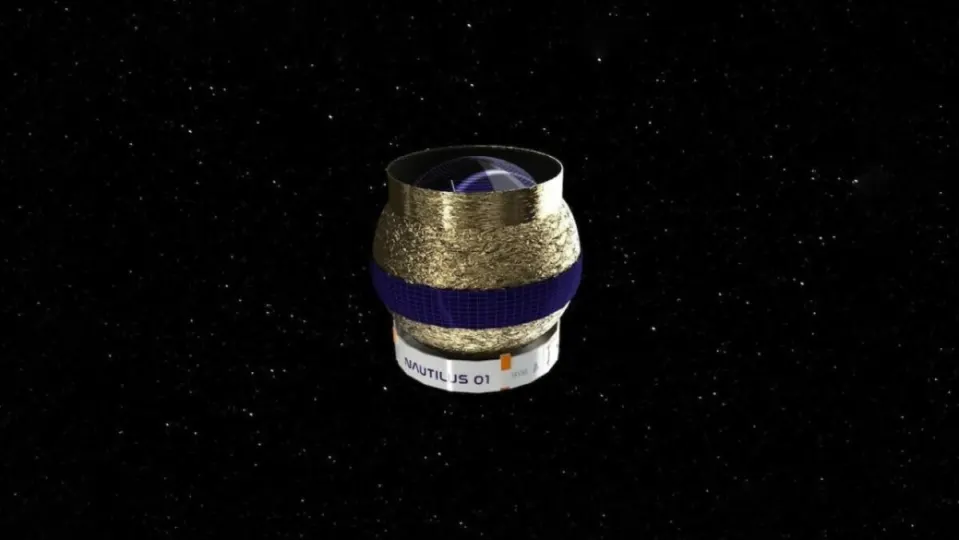When it comes to detecting all kinds of astronomical objects in the depths of space, the James Webb Space Telescope is the ultimate exemplar. We are talking about the telescope that has recently detected the oldest known supermassive black hole to date and is being used to gather information about exoplanets.
But even a true titan of space observation will eventually succumb to the passage of time and technological evolution, which already has its successor in mind. Instead of using costly and heavy mirrors that need to be placed with extreme precision, a new type of telescope will utilize diffractive lenses that are much thinner, cheaper, and easier to install.
The project is co-led by Daniel Apai, a professor of astronomy and planetary sciences at the University of Arizona, who has been working with his team for seven years on what would be the future space telescope: the Nautilus Space Observatory, the world’s first observatory to utilize diffractive lenses instead of mirrors.
While diffractive lenses typically produce blurry images (which is why they were not used in astronomical observatories), Apai set out to create a new type that would have improved image clarity. Together with Thomas Milster, one of the world’s foremost experts in diffractive lens design, Apai’s team invented a new type of diffractive lens that, after two years of development, produces an image with nearly perfect quality.

Several years later, the team has made significant progress in developing these lenses, and they are currently finishing a prototype with a diameter of 24 centimeters. According to Apai, this lens will be more than 10 times lighter than a conventional refractive lens. Their goal now is to create an 8.5-meter-diameter lens that is only 0.5 cm thick. This, along with the structure in which it would be placed, would weigh three times less than a mirror of the same size in the James Webb telescope.
All of this would not only improve the weight of this future space telescope but also make the manufacturing process faster and easier (reducing costs) and simplify the assembly. Telescopes based on lenses perform well even when they are not perfectly aligned, eliminating the need for the precise alignment required for traditional mirrors used in the James Webb and other space telescopes.
If all goes well, Apai plans to launch dozens of telescopes based on diffractive lenses into orbit, which would be part of the Nautilus Space Observatory. By combining the data from all these telescopes, the observatory could provide a light-gathering power 10 times greater than that of the James Webb, enabling the search for atmospheric signatures on hundreds of exoplanets that could indicate the existence of extraterrestrial life.
Some of the links added in the article are part of affiliate campaigns and may represent benefits for Softonic.


